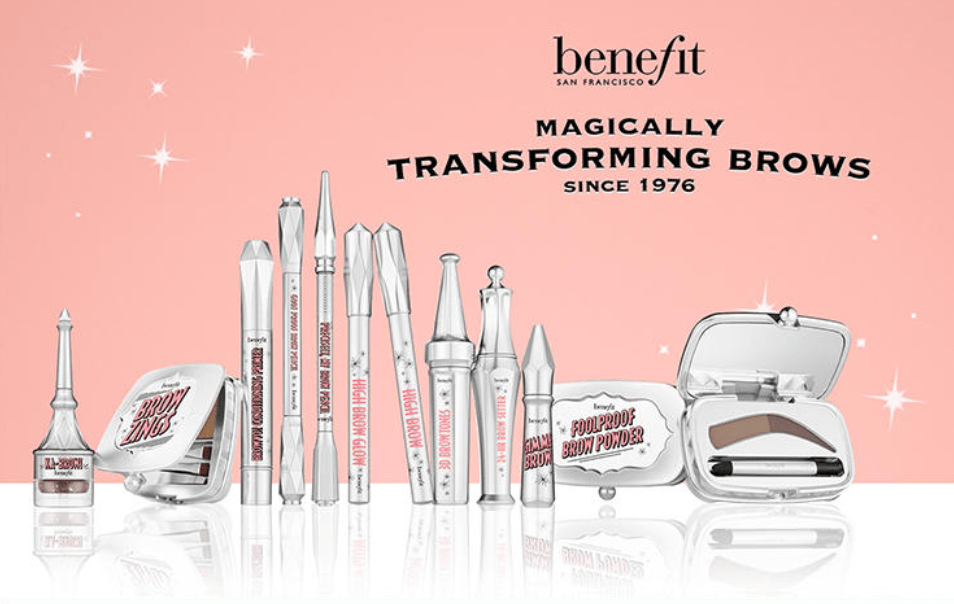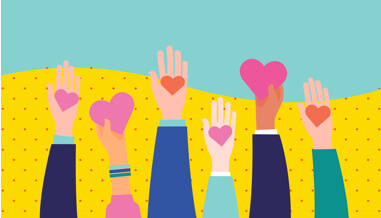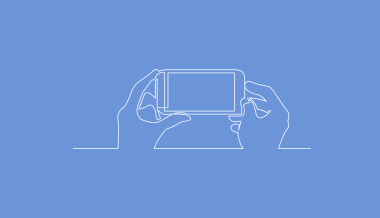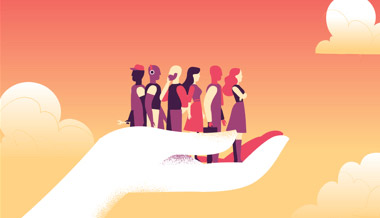July 11, 2019
Why nostalgia marketing works so well
Who doesn’t love that warm fuzzy feeling you get when you see something that reminds you of something from the past? Perhaps that special something was an object or moment that you really cherished, or maybe it represented happier and simpler times.
Whether it’s the smell of your mom’s cooking, hearing a song from your senior year of high school, or seeing an icon (be it a favorite toy or celebrity crush) from your childhood, there are many occasions, sensory inputs, and social situations that have the ability to ignite the yearning of yesterday to come rushing back.
And that sense of nostalgia is being used by savvy marketers with a marketing strategy that’s appropriately called nostalgia marketing.
What is nostalgia marketing?
Believe it or not, nostalgia marketing is everywhere. Turn on the TV (or visit YouTube) and chances are you’ll come across an ad featuring an actor from a show you use to watch as a kid. Open up Spotify and you may hear a band sample a guitar riff that was purposely designed to take you back in time. Go to a supermarket and walk down an aisle — you’re more than likely to see a product that uses a label with a classic font and styling, reminding you of a bygone era.
Essentially, nostalgia marketing aims to capture (or rather, re-capture) your audience’s attention by tapping into older and more familiar trends from the past — and we know that it works. Hit TV shows such as Mad Men inspired 1960s nostalgia to audiences worldwide while Netflix’s Stranger Things paid tribute to 1980s movie classics and pop culture — and became a massive hit. Recently, mac and cheese evolved from its former status as a kids meal to a trendy dish that was 550% more likely to appear on restaurant menus today compared to 10 years ago (Horizons).

Here are a few reasons why nostalgia marketing is so effective.
Nostalgia makes people feel good
Research conducted by the University of Southampton has found that nostalgia can actually be good for you. According to the researchers, nostalgia can “counteract loneliness, boredom, and anxiety” as well as conjures up positive emotions. Additionally, other studies have discovered that nostalgia has helped people cope with stressful moments and life transitions.
For marketers, nostalgia can have an extremely powerful emotional hold on their customers. Previously we talked about how effective emotional advertising can be; a customer is more likely to respond favorably to your ad if it triggers some sort of emotional response.
San Francisco-based cosmetics brand Benefit understands the correlation between nostalgia and happy feelings; its branding is awash in nostalgia marketing. Today, Benefit continues to retain its signature retro pink styling from the 1970s, seamlessly combining it with its trademark humor and lighthearted take on the serious business of beauty. By mastering the art of nostalgia marketing, Benefit has been able to successfully inspire and delight its customers — and enjoy a staggering 50% share of the brow-related beauty market in the UK.

Nostalgia triggers past memories and famous moments
One of the best ways to capture the audience’s attention is by helping them remember the best memories from their past. This can come in various forms: classic hits, famous historical events and figures, celebrities, and even old fads and trends. Take the following Enterprise Rent-A-Car ad, featuring actors Ralph Macchio and William Zabka from the 1984 classic, Karate Kid.
Although this ad was primarily designed to promote Enterprise’s services, it was also timed to the premiere of the new season of Cobra Kai, the YouTube series based on the Karate Kid movies. The ad not only plays up to the two actors’ iconic rivalry, but it also features references from the original Karate Kid movie.
Another excellent example of a brand that invoked past memories through advertisement was Honda’s promotion of their redesigned 2012 CR-V. The ad starred Matthew Broderick and paralleled the scenes from Ferris Bueller’s Day Off, which was released in 1986. The campaign generated instant hype and intrigue from fans, causing some to speculate on whether there would be a sequel to the movie.
Tip: one of the important things to remember, though, is that these fads and trends are designed to help promote your product. Going overboard would mean that you’re selling these fads and trends rather than the actual product itself.
Nostalgia helps you create more authentic campaigns
The final reason why nostalgia marketing is effective is that it makes advertisements and marketing campaigns appear more down-to-earth and authentic to your audience.
A great example of this is Microsoft’s ad promoting its new and improved Internet Explorer. In an attempt to win over a generation loyal to Safari and Chrome, the ad took viewers down memory lane via famous 1990s fads and trends such as Trolls, Tazos, and Hungry Hungry Hippos. According to Slate, this ad was considered the “definitive 1990s nostalgia video.”
To this date, the ad had been viewed over 50 million times, thus showing us that the featured fads defined the 1990s childhoods for many users.
Everything old is gold again
Sometimes, it’s best to look back at the good times of yesteryear and this is especially evident in marketing. Through nostalgia marketing, brands are able to invoke positive emotions from their audience, put their products in the spotlight, and generate more revenue and visibility. Older audiences will enjoy the stroll down memory lane — and the younger market is likely to get a kick out of it, too.













